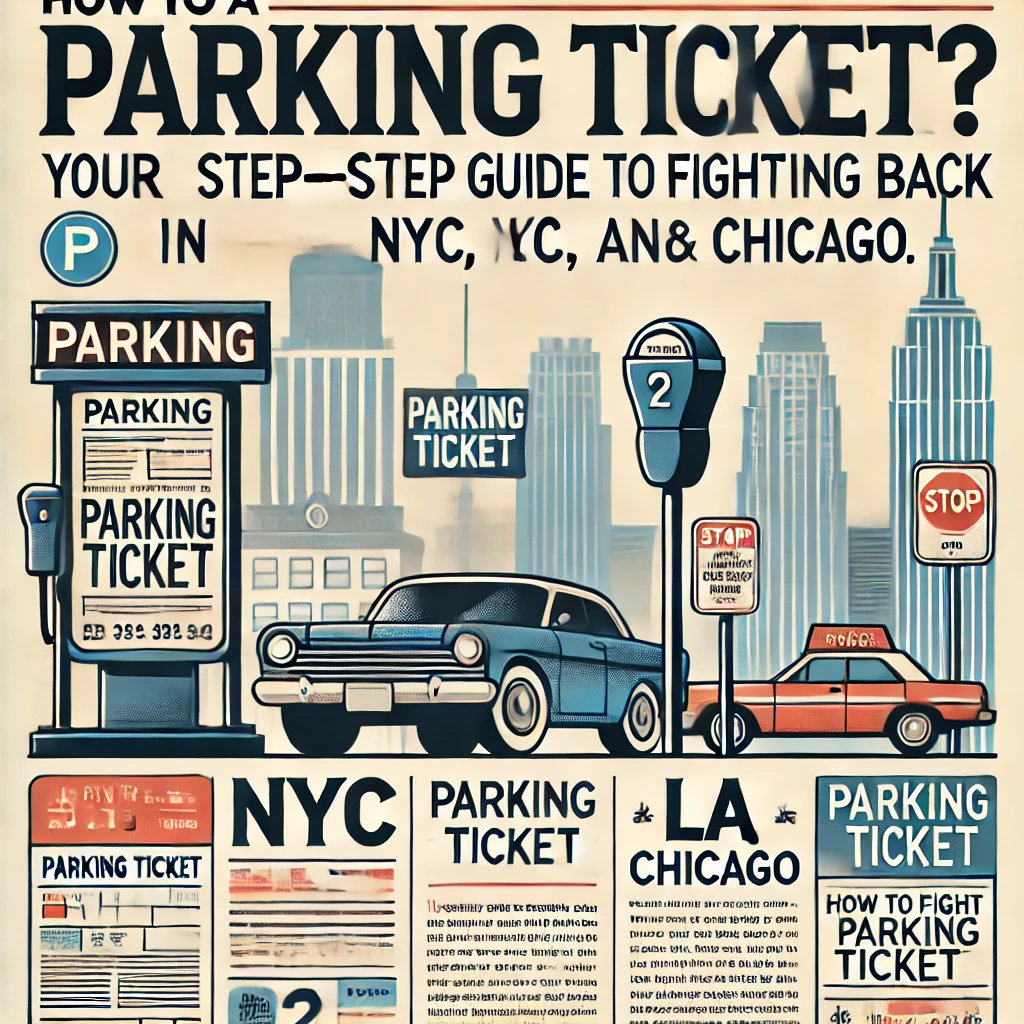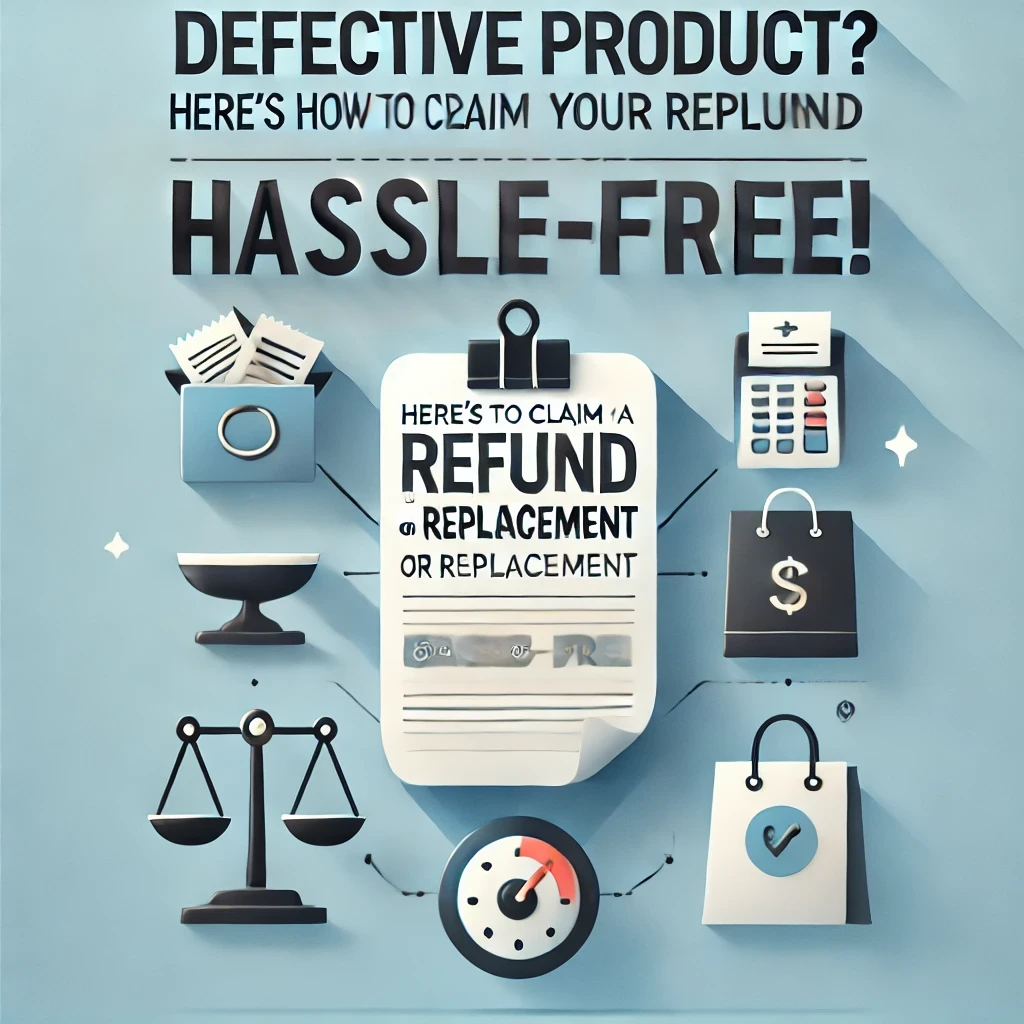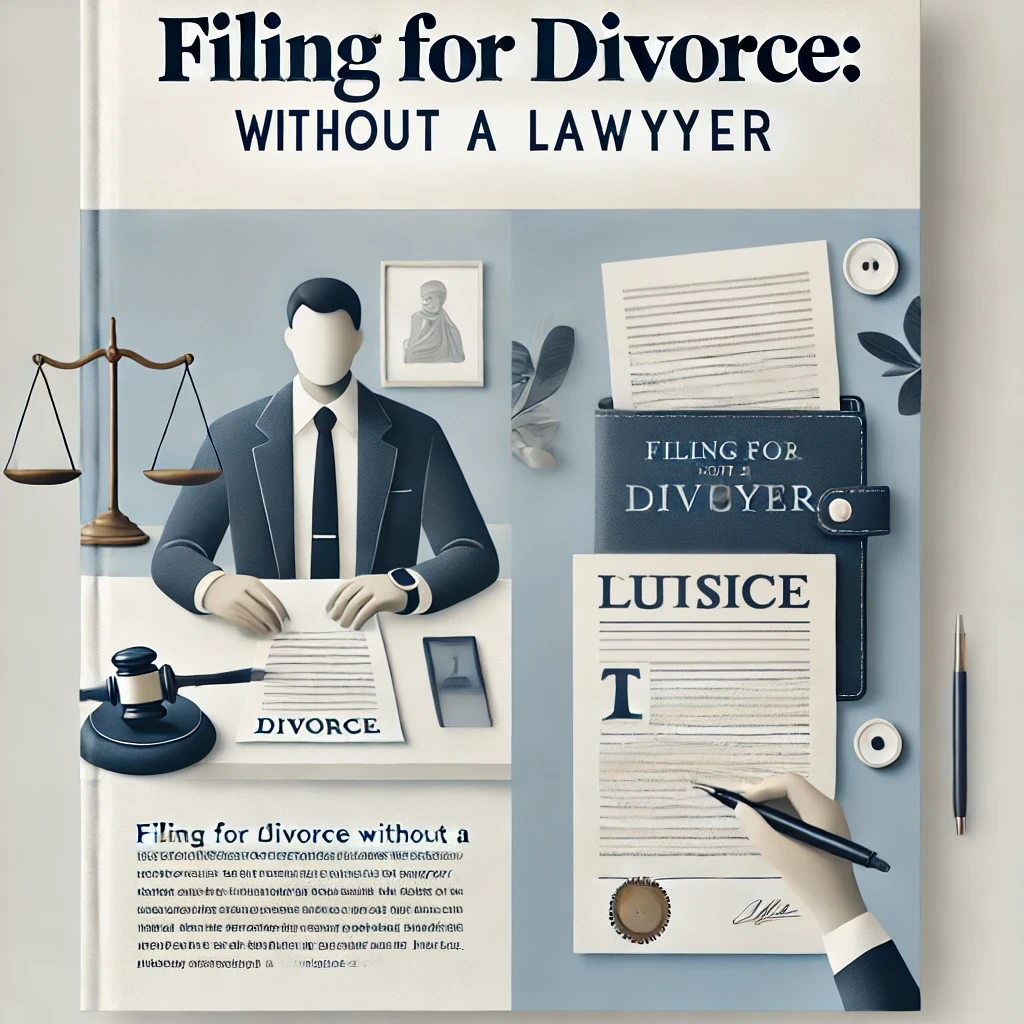
Your Essential Guide to Rights When Leasing Equipment for Business
Navigating the Complex World of Equipment Leasing
Leasing equipment can be a game-changer for businesses of all sizes, allowing you to access the latest technology without a significant upfront investment. However, understanding your rights in this complex process is crucial. As a business owner, you need to be aware of your rights and responsibilities outlined in the leasing agreement. This blog will not only detail the legal frameworks surrounding equipment leasing but also provide practical steps to help you navigate potential pitfalls. Knowing what you’re entitled to can save you from costly disputes and ensure your business operations run smoothly. Let’s dive into the critical aspects of equipment leasing and empower you to make informed decisions.
Key Takeaways on Equipment Leasing Rights
- Understand Your Lease Agreement
- Know Your Rights
- Negotiate Terms
- Be Aware of Default Conditions
- Seek Legal Advice
Be familiar with all the terms and conditions outlined in your equipment lease.
You have rights regarding maintenance, repairs, and use of the leased equipment.
Don’t hesitate to negotiate lease terms to better suit your business needs.
Understand the ramifications of defaulting on your lease.
Consulting with a legal expert can help clarify your rights.
Step-by-Step Guide to Leasing Equipment
- Step 1: Identify Your Equipment Needs
- Step 2: Research Leasing Companies
- Step 3: Review Lease Terms Carefully
- Step 4: Negotiate Lease Terms
- Step 5: Understand Your Rights and Obligations
- Step 6: Keep Detailed Records
- Step 7: Seek Legal Guidance
Begin by determining what equipment your business requires. Assess the specific functionalities, capacity, and technology needed for your operations to ensure you select the right leasing options.
Investigate various leasing companies and their offerings. Check their reputation, customer reviews, and the types of leases they provide (operating vs. finance leases).
Pay attention to the lease agreement's terms, including the duration, rates, maintenance responsibilities, and end-of-lease options. Ensure the agreement aligns with your business goals.
Don’t accept the first offer. Negotiate terms to reduce fees, adjust payment schedules, or include additional services such as maintenance.
Revisit the lease agreement to understand your rights regarding equipment use, repairs, and what happens at the end of the lease term.
Maintain records of all communications and transactions related to the lease. This documentation can be invaluable if disputes arise.
If you're unsure about any lease terms or encounter problems, consult a legal expert specializing in equipment leasing to protect your rights.
Legal Insights and Common Pitfalls in Equipment Leasing
Leasing equipment introduces several legal considerations that business owners must navigate carefully. Firstly, it's essential to understand that lease agreements are legally binding contracts. They outline the terms under which the equipment is leased, including payment schedules, maintenance responsibilities, and conditions for returning the equipment. Failure to adhere to these terms can lead to severe consequences, including financial penalties or legal action. Moreover, many businesses overlook the importance of understanding default conditions. In the event of missed payments or improper use of the leased equipment, the leasing company may have the right to terminate the lease and reclaim the equipment. It's vital to ensure that your leasing agreement includes fair terms and conditions that protect your interests. Another common pitfall is neglecting to clarify maintenance responsibilities. Many leasing agreements place the burden of repairs and upkeep on the lessee. Therefore, you should verify who is responsible for maintenance and whether maintenance costs are included in the lease payments. Disputes can also arise over the interpretation of terms in the lease agreement. For instance, if a dispute arises over what constitutes 'normal wear and tear,' it could lead to costly legal battles. It's advisable to negotiate clear definitions in your lease agreement to avoid such misunderstandings. In a notable case, *ABC Rentals v. XYZ Corp.*, the court ruled in favor of the lessor due to the lessee’s failure to maintain the equipment properly, highlighting the importance of clarity in maintenance clauses. In conclusion, as you navigate the world of equipment leasing, prioritizing a thorough understanding of the legal implications can save your business time and money while preventing disputes.

Real-Life Examples of Equipment Leasing
- Case Study 1: ABC Construction LLC
- Case Study 2: Tech Innovations Inc.
ABC Construction LLC entered into a lease agreement for heavy machinery essential for a significant project. The equipment lease included vague language regarding maintenance responsibilities, leading to a dispute when the machinery broke down. The leasing company claimed that ABC had failed to maintain the equipment, while ABC argued it was under warranty. This disagreement escalated into a legal battle, illustrating the importance of clear terms on maintenance in leasing contracts.
Tech Innovations Inc. was looking to lease high-end computers for its team but found the initial terms offered by the leasing company unfavorable. By leveraging its business reputation, Tech Innovations was able to negotiate better lease terms, including lower monthly payments and additional technical support services. This successful negotiation highlights the potential for businesses to advocate for their interests in lease agreements, ensuring that they receive favorable terms without compromising on quality.
FAQs
- What should I look for in a lease agreement?
- Am I responsible for equipment maintenance?
- What happens if I need to terminate a lease early?
- Can I negotiate lease terms?
- What rights do I have regarding equipment use?
When reviewing a lease agreement, pay attention to key terms such as the leasing period, payment structure, maintenance responsibilities, and conditions for the return of equipment. Ensure there are no hidden fees and that the terms align with your business plans.
Often, lease agreements specify who is responsible for maintenance. It's crucial to clarify this in the agreement to avoid unexpected costs. If maintenance falls on you, ensure you understand what is included and the process for repairs.
Terminating a lease early can lead to penalties. Most agreements include terms that dictate the ramifications of early termination, including potential fees or remaining payment obligations. Always review these conditions before signing.
Yes, lease terms are often negotiable. Don't hesitate to ask for better rates, flexible payment options, or additional services. Strong negotiation can help you secure a deal more favorable to your business.
Your rights for equipment use, as specified in the lease agreement, should allow you to use the equipment for its intended purpose. Ensure the lease explicitly states any restrictions on use to avoid potential violations.
Additional Resources for Equipment Leasing
For more detailed guidance on equipment leasing, consider reaching out to the Equipment Leasing and Finance Association (ELFA) or consult the Small Business Administration (SBA) for helpful resources and advice tailored to small businesses. Legal consultation can also provide clarity and protection in your leasing agreements.
Key Takeaways on Your Rights in Equipment Leasing
Understanding your rights when leasing equipment is vital for the success and sustainability of your business. By familiarizing yourself with lease agreements and actively negotiating terms, you can protect your interests and avoid costly disputes. Always remember to seek legal counsel if you're uncertain about any provisions or if issues arise. Your rights are meant to support your business's growth, so equip yourself with knowledge and ensure your leasing experience is beneficial and hassle-free.
Ready to Lease Equipment with Confidence?
Don't navigate the complexities of equipment leasing alone. Contact Lex Harper today to discuss your leasing rights and how we can help you make informed decisions that benefit your business. Visit our website for more resources and expert advice.





Comments